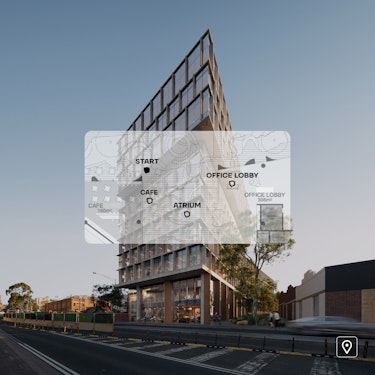The archviz business has changed spectacularly in the past few years. Thanks to developments in hardware and software, it’s never been quicker or easier to design, refine, and visualize architecture. Today want to share thoughts about exciting new technologies and fresh approaches to how distribute and experience places and spaces.
.png?ixlib=gatsbyFP&auto=compress%2Cformat&fit=max&q=75&w=375)
A picture is indeed worth a thousand words and this is so true. One of the most imperative architectural rendering trends in 2023 is storytelling. This tendency is not brand-new, but it continues to live and is not going anywhere any time soon. Every image has so much thought and aesthetic so you can look at them a hundred times and still be mesmerized. Therefore, if you want your project presentations to appeal to the exceptional emotions of your clients or prospects, you definitely should tap into the power of storytelling.
Animation has been a vital cog in the visualization mechanism for decades now. When there is movement, everything is better. Making architectural projects with incredible narratives and cinematic looks will never cease to be one of the best ways to express design and art. Animation requires patience, talent, and a huge amount of computing influence - things that are becoming more and more accessible to companies looking to wow their clients with something unexpected. Architectural animations can include walk-throughs, exploded axonometric drawings, transformations, and just about whatever thing the mind's eye can conjure. And while there’s something immortal and profound about a still image, animations can offer information and insight that is impossible without it.
Moving forward, naturally, we can’t talk about architectural rendering trends without specifying the rising popularity of VR technology in the business. It can be used to showcase concepts to clients and improve their emotional visions. Overall, VR creates an immersive and interactive experience, which is appreciated greatly nowadays. That’s why in CUUB we started to offer the creation of VR-ready assets to our clients as a part of their projects.

For architects and designers, the appeal of virtual reality is immediately obvious. Imagine being able to showcase an unbuilt design to clients through a semi-interactive experience that lets them freely move around and absorb what the finished design will feel like when complete. It’s a level of communication that simply can’t be achieved through words, images, or even a fancy animation projected on a screen. Building up clear communication is fundamental to any design and construction project, and VR helps bridge that gap by showing the client what they are going to see and what they are going to feel when the job is done.
.jpg?ixlib=gatsbyFP&auto=compress%2Cformat&fit=max&q=75&w=375)
3D artists are creators of the current trends. Our work role and the constant artistic and technological exploration forces us to create, adapt and reinvent, this cycle never stops.
.png?ixlib=gatsbyFP&auto=compress%2Cformat&fit=max&q=75&w=375)